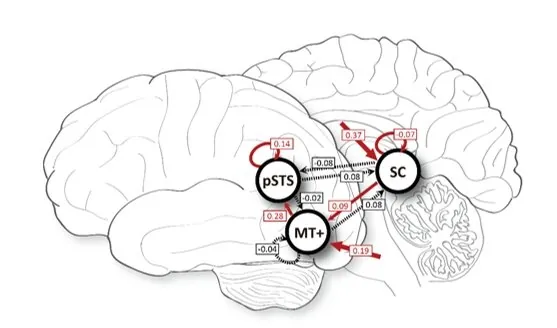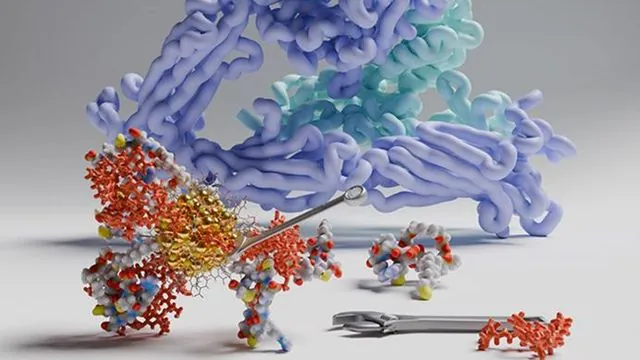
Groundbreaking Study Reveals How Our Brains Detect Life Motion: Insights from Humans and Monkeys!
2024-11-21
Author: William
Introduction
In an astonishing breakthrough, scientists from the Chinese Academy of Sciences (CAS) have revealed that the visual systems of both humans and animals possess an incredible ability to detect life motion right from the early stages of visual processing. This research underscores the importance of the superior colliculus (SC) in recognizing biological motion (BM) signals, suggesting a remarkable cross-species mechanism that allows for swift detection of living movement.
Study Overview
Published in the esteemed journal Nature Communications on November 7, the study titled "Detecting biological motion signals in human and monkey superior colliculus: a subcortical-cortical pathway for biological motion perception" illustrates how our brains are finely tuned to pick up on movements indicative of life. This capability is not just academic; it plays an essential role in critical survival behaviors such as hunting, evading predators, and engaging in social interactions.
Methodology
The research team, comprising experts from the CAS Institute of Psychology and the CAS Institute of Biophysics, utilized point-light displays—visual representations of BM through moving dots—to analyze how different vertebrates, including humans, process these signals. The findings confirmed that most vertebrates are remarkably adept at BM perception, hinting at shared mechanisms deeply rooted in the architecture of our brains.
Findings on the Superior Colliculus
To delve deeper into how the SC handles BM signals, the researchers conducted cross-species investigations. Located atop the mammalian midbrain—akin to a structure called the optic tectum found in non-mammalian vertebrates—the SC processes direct input from the retina before relaying this critical information to higher-order visual centers.
Detailed Analysis
In their experiments, the research team meticulously analyzed responses in various layers of the SC. Astonishingly, they discovered that BM responses were most robust in the superficial layers, while responses decreased significantly in the intermediate and deeper layers. This layered mechanism highlights the SC's intricate role in visual perception.
Imaging Techniques
Employing advanced imaging techniques, including high-field (3T) and ultra-high-field (7T) functional magnetic resonance imaging, the scientists recorded SC's reactions to BM stimuli in both humans and macaque monkeys. The results revealed a striking, selective response of the SC to BM, paving the way for a deeper understanding of our biological wiring.
Dynamic Causal Modeling
Furthermore, the researchers employed dynamic causal modeling to map the connections between the SC and other brain regions integral to BM processing. Their findings unveiled a sophisticated functional pathway in the human brain, whereby BM information travels from the SC through the middle temporal visual complex and ultimately reaches the posterior superior temporal sulcus—a journey that underscores the complexity and efficiency of our visual processing systems.
Implications of the Study
This study doesn’t just open doors for understanding how humans and animals perceive motion; it could have profound implications for artificial intelligence and robotics, marking a pivotal moment in neuroscience. Who knew that the key to understanding life motion could unlock new advancements in technology? Stay tuned as we continue to follow the implications of this groundbreaking research!









 Brasil (PT)
Brasil (PT)
 Canada (EN)
Canada (EN)
 Chile (ES)
Chile (ES)
 España (ES)
España (ES)
 France (FR)
France (FR)
 Hong Kong (EN)
Hong Kong (EN)
 Italia (IT)
Italia (IT)
 日本 (JA)
日本 (JA)
 Magyarország (HU)
Magyarország (HU)
 Norge (NO)
Norge (NO)
 Polska (PL)
Polska (PL)
 Schweiz (DE)
Schweiz (DE)
 Singapore (EN)
Singapore (EN)
 Sverige (SV)
Sverige (SV)
 Suomi (FI)
Suomi (FI)
 Türkiye (TR)
Türkiye (TR)